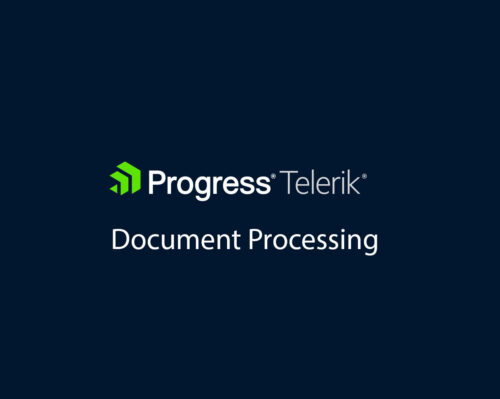DB Optimizer
- Streamline tuning of SQL code on major DBMSs from one interface
- Tune SQL like a pro with automated performance optimization suggestions
- Tackle SQL queries with visual SQL tuning diagrams
- Pinpoint problem SQL with database profiling of wait-time analysis
- Load test alternative SQL queries in simulated production environment
Streamline SQL Tuning Across Major DBMSs
Tune poorly performing SQL code on all major DBMSs (Oracle, SQL Server, Db2 and Sybase) from a single common interface. Reduce training requirements and streamline collaboration among teams across the organization.
Tune SQL Like a Pro!
The SQL tuning wizard automatically suggests solutions and provides essential context in tuning SQL code. Color-coded Index Analysis shows used, not used, or missing indexes and offers recommendations for optimum performance. Case Generation is used to generate all possible cases and to find the best alternative to a given SQL statement by including SQL rewrites and hint injections.
Visually Tackle SQL Queries
Unique in the industry, Visual SQL Tuning (VST) diagrams turn text-based SQL code into graphical SQL diagrams. This approach helps DBAs and developers understand the impact of SQL statements on the database. The VST diagram displays indexes and constraints on tables and views with table statistics, as well as the joins used in a SQL statement such as Cartesian joins, implied Cartesian joins and many-to-many relationships.
Identify Performance Bottlenecks Immediately
Database profiling provides a graphical visualization of wait-time analysis, making the SQL that is causing poor database performance easy to pinpoint. Continuous profiling monitors an entire data source within a configurable span of time. Also, explain plans are provided for a better understanding of how SQL will be executed and the performance costs. Utilize reporting to allow sharing of information captured during the profiling process.
Simulate Production Environments
Load testing verifies performance of existing and alternative SQL queries against the database. Configure queries to run multiple times in parallel and see how they respond to your simulated production environment without the risk of actually testing in production.









































There are no reviews yet.